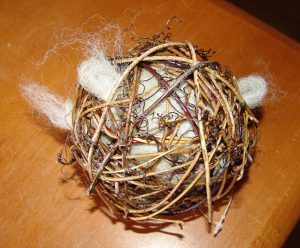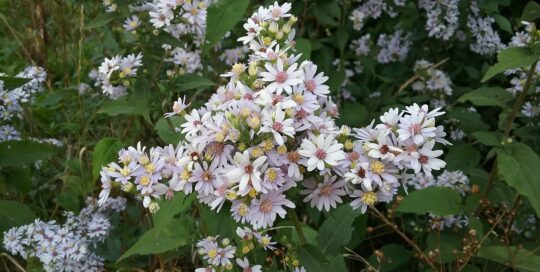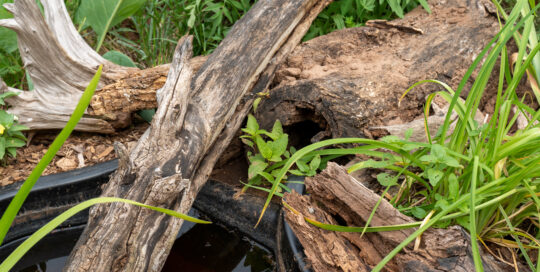Bird Nesting Materials That You Can Provide
Views: 1602

I was on the porch brushing out my dog last week when a chickadee landed on the steps, grabbed a clump of dog hair and flew away with it. It’s bird nesting time, and birds devote huge amounts of energy and activity collecting the materials necessary, sometimes even daring close proximity to humans and dogs to get their favorite items. While birds will find the materials they need for nest-building without human assistance, we can help them out by providing appropriate and safe materials that are easily found and conveniently located.
I ordered three bird nest balls made with grapevine and filled with alpaca hair to hang in my yard, but you don’t have to spend money to provide items that birds will use. Many things you already have can be gathered and placed in areas where birds can find them.
Different bird species have preferences for different materials. For example, phoebes and swallows use mud in their nest-building endeavors, while Anna’s Hummingbirds use plant down and spider silk. Northern Mockingbirds are creative nest-builders and may gather twigs, sticks, and bits of twine or other materials found in their territories. Other species may build nests from grass, twigs, leaf litter, feathers, animal hair, snake skins, lichen, moss, or spiderwebs. I saw a Red-shouldered hawk fly through my woods carrying what appeared to be a dead branch many times longer than itself. This was obviously a very ambitious bird.
Here are some appropriate nesting materials you can provide:
- Various lengths of sticks and twigs (2-4 inches will be useful for song and garden birds)
- Dry grass and grass clippings
- Hay and straw
- Pine needles
- Leaf litter
- Snakeskins, if you have collected any
- Plant stems from early spring garden clipping and pruning
- Fluff from cattails or silky milkweed seeds
- Animal hair that is free from chemicals such as tick and flea treatments or shampoo
- Biodegradable, undyed fibers including twine, wool, and cotton (4- to 6-inch lengths)
- Untreated, undyed natural feathers
- Small lengths of grapevine or Virginia creeper (4- to 6-inch lengths)
- Mud
Items you should NOT provide because they are potentially unsafe:
- Dryer lint
- Human hair
- Any materials exposed to pesticides
- Synthetic fibers like acrylic yarn
- Plastic/rubber/metal bits or fibers
- Fishing line
A good rule of thumb is to avoid anything that is potentially toxic, nonbiodegradable, or so long and thin that it may present a tangle/strangle hazard to baby birds.
Place materials in areas that are convenient and safe for birds to get them. Be cognizant of places where local cats like to prowl, for example, and avoid tempting birds into those locations. Instead, put materials in clean, hanging cages that are also used for suet feeders. You can use elevated platforms or dry bird baths. If you know a bird is building a nest in a particular location, you can drape twine over nearby shrubs, or rake a pile of leaf litter together in the area. Get creative. I hung my bird nest balls in three different places, and it didn’t long for my nesting phoebes to find one.
Meet Leslie Miller
Leslie Ann Miller shares 3.5 acres in rural Oklahoma with birds, butterflies and wide variety of animals. She is currently transforming her yard with plantings…
Leslie's Recent Posts

Drummond’s Aster: a native beauty that benefits bees






